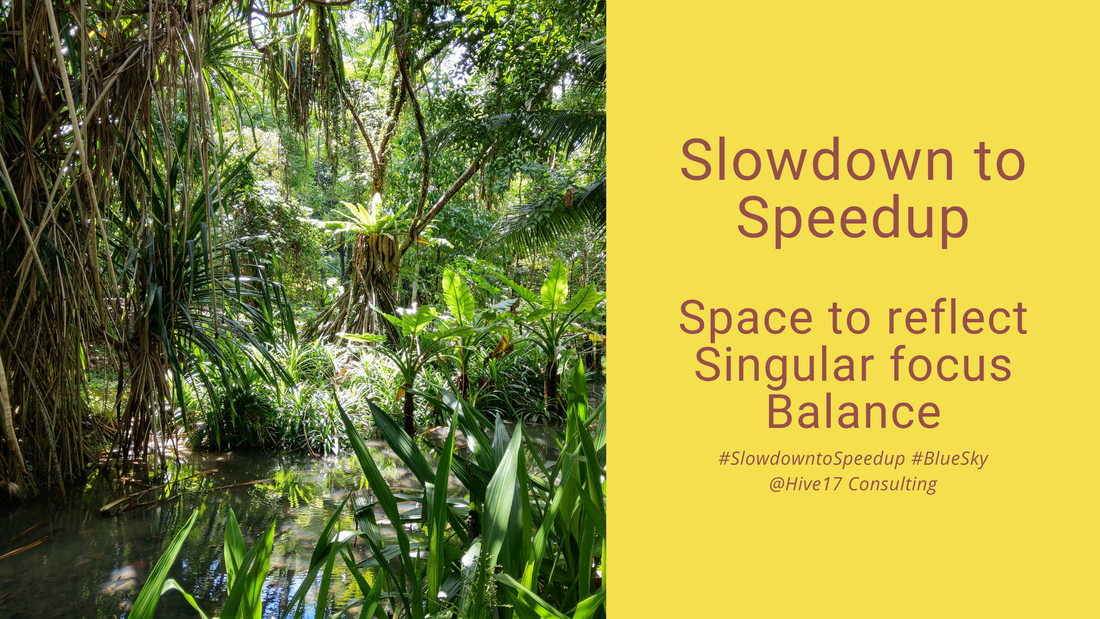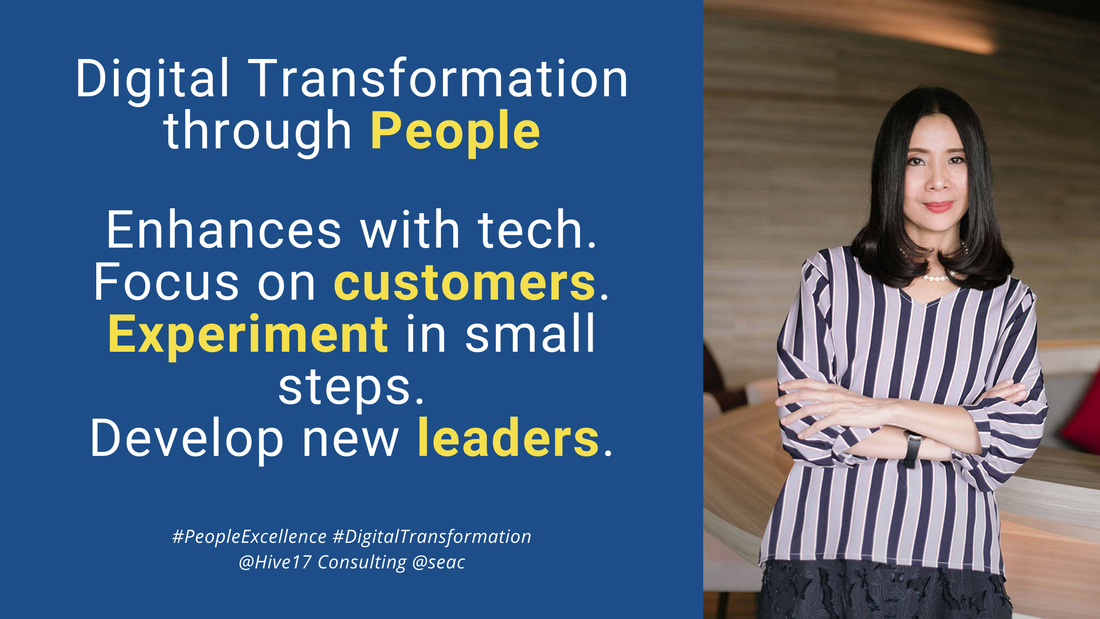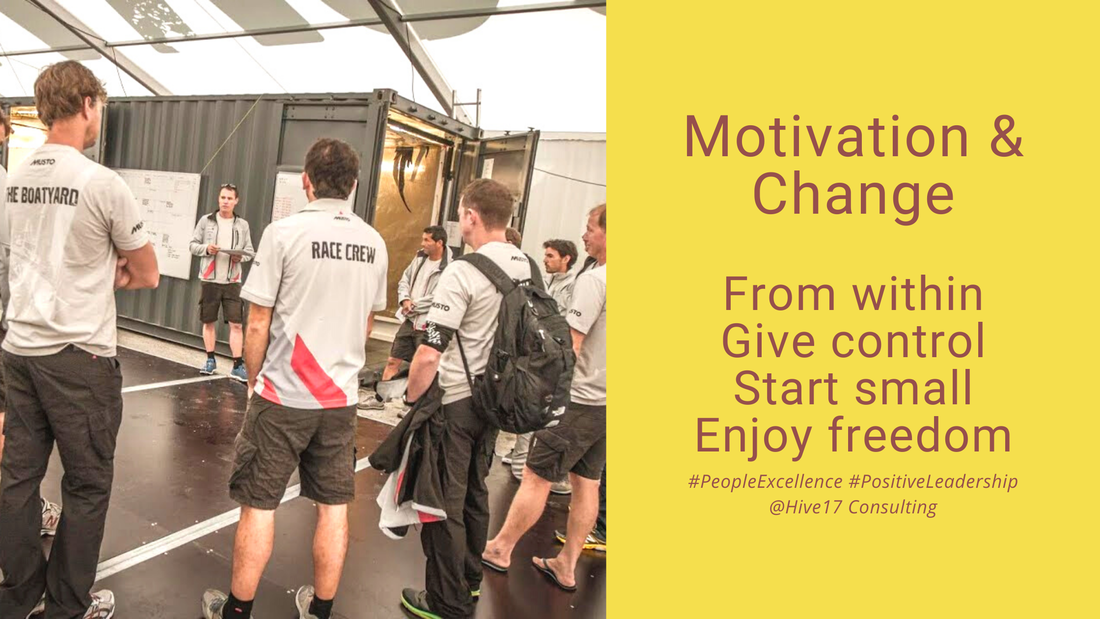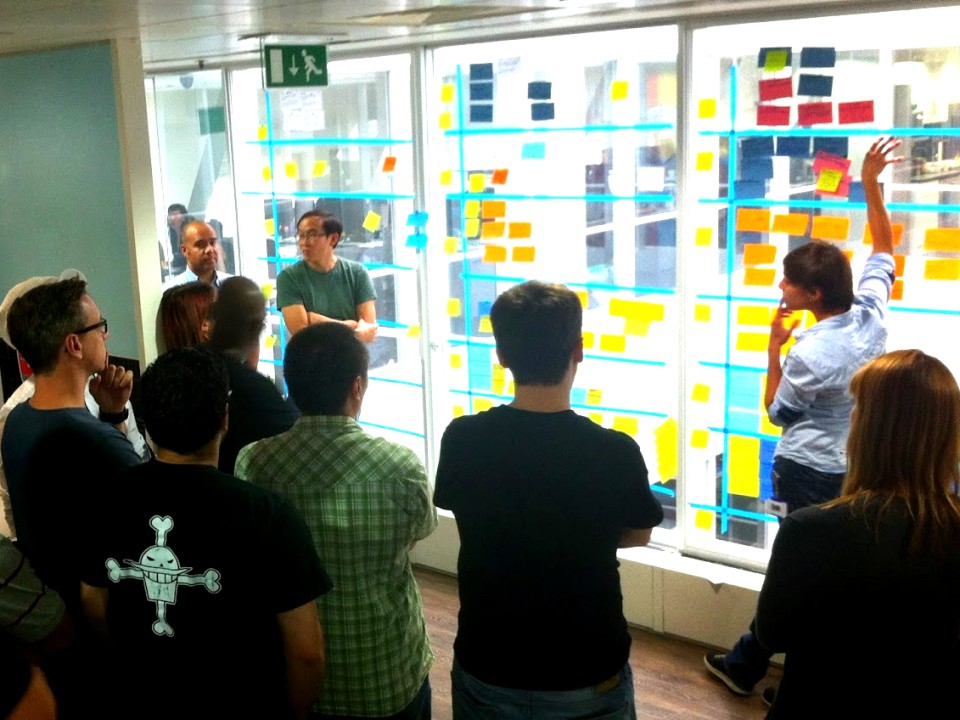|
About two years ago, I stumbled across #slowdowntospeedup and this tag line represented a few things that I stand for. Today, this slogan is more relevant than ever. I observe people around me burning out, many peers feel huge pressure to deliver, and many organisations stopped their strategic planning cycles. Just yesterday, a person shared with me that they wished to find 3 hours in their calendar to focus on some work. Does that sound familiar?
This WIRED article - How Slack ruined work - illustrates how the always-on culture is destroying the flow in our work. The various messaging tools we are using, combined with the a high expectation to immediately respond, has created a constant source of distraction. This leads to stress and a feeling of being overwhelmed. It is time to stop - to slow down. Why do I think slowing down will speed us up? Here three thoughts:
Ok, great - I want to slow down. How can I start? First of all, this is a journey and will take a while. A journey during which we will learn a lot. Keeping this in mind, I suggest create a weekly block in your calendar of 2-3 hours. This big rock is for yourself - for activities outside of your daily work. Enjoy this time off. What else can you do to slow down and balance your life?
0 Comments
For the people that know me, I like to promote the concept of People Excellence - driving operational excellence through our people.
This recent article in the Bangkok Post by Arinya Talerngsri also emphasises the people in the transformation work. We are in an age where many thought leaders are talking about how we can robotise our workforce and create fantastic efficiencies. Arinya shares my conviction that lasting success will come by cultivating a workforce of engaged critical thinkers. Here my key points I took out of this article:
This article also shows that we have great thought leaders in Southeast Asia. Based on the cultural backgrounds within this diverse region, we are able to build on a strong habits that focus on building relationships and putting people at the centre. This is a fantastic opportunity - also for the rest of the world. What is your story in shifting your focus from technology to people? Source: Driving digital transformation through people transformation "How do I motivate my staff?" This is a common question and an exciting one for me. This week I started to bring it in relation with resistance to change. I think these two topics are two sides of the same coin.
How do I motivate? How do I remove the resistance to change? The answer in my eyes is "simple" and from the start, I admit it is not easy to actually do it - let's get later to this. If you impose change on people, they will resist. This is basically wired in our brains. When you provide the space to people to define their own change, they are excited about the things that will come. They are motivated to start their change journey. This means, true motivation and change comes from within. As a leader, what do I need to do? Something many people don't feel comfortable to do: let go of control. In their respective scope, allow teams to define what they want to achieve and how they want to get there. This means give them the necessary decision-making power and resources. This freedom is exciting and unleashes a huge potential. OK, I get that... How do I get started? Letting go of control is scary. So, let's start with something small, an area where risk is small and where your teams and you as a leader can try out, how the delegation of control works in your environment. In this case study, you can find an example in a factory. Another example is giving ownership of the office coffee area. Recently, I am also suggesting to give your people control over where and when they work. Why not? One last question: how did you feel when you took responsibility over a certain area? Agility is often mentioned to be the accelerator for performance. And yes, when introduced in the right way, agile working methods can deliver solutions that are closer to what customers need within a shorter time frame. At the same time, I observe that these benefits are not so easily reached. One crucial component is how we are planning with agility.
Oh, are we still planning in agile? Yes, we do - and in a smarter way. Let me walk you through some steps which are essential for success. In my eyes and also outlined in this McKinsey article: Planning in an Agile Organisation. In a first step, we as a team want to get guidance, a direction where to head to. And with team here, I am referring to any size; this can be a regional leadership team, a functional department, a project team, a smaller operational team, etc. And this guidance is typically expressed in strategic priorities, or as I like to call it meaningful purpose statements or a collective dream. Important for these priorities is that we limit ourselves to five strategic priorities at a time - more will be distracting and the focus will be lost. These meaningful purpose statements are then translated into clear and specific goals for the different teams. And this translation is an effort conducted with the entire team. This allows that the insights from all team members are considered, facilitates the adoption of the goals, and significantly improves motivation and drive. The strategic priorities combined with the specific team goals act then as a clear foundation to make decisions on the team level. The team should be in control how they achieve their goals; this allows them to become independent and self-sufficient. For sure, they will still consider the larger ecosystem they are embedded in. This delegation of control further stimulates the drive and engagement of the team. Alignment is created with the direction. The second important element is transparency. This we will achieve with monthly and quarterly reviews which intend to allocate critical resources based on the achievements, priorities and the goals. As a leader in an agile environment, we are left to focus on two critical activities: guide the teams and develop a clear direction; facilitate experimentation and allocate the right resources. This results in a very different, self-organised path of planning which results in more velocity and value creation. How are you planning in your teams today? |
Subscribe
Receive our monthly themed summaries of our thoughts: click! TimTim is a change practitioner in the area of innovation and excellence. He is working with teams to accelerate innovation, collaboration and agility. Categories
All
Archives
July 2024
|





 RSS Feed
RSS Feed